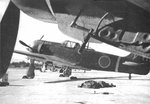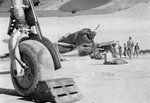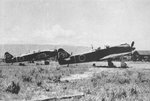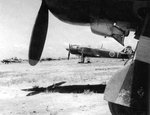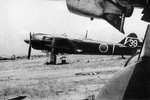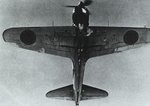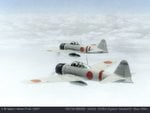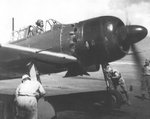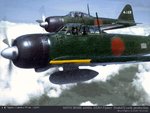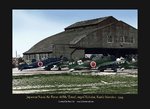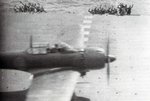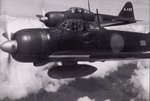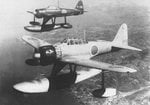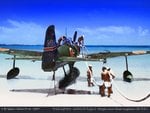- Thread starter
- #41
Best of all Japanese fighters available in quantity during the last year of the war, the Nakajima Ki-84 Hayate (gale) not only possessed a reasonable performance but (unusual among Japanese aircraft) carried a powerful armament capable of knocking down the heavily armed and armoured American bombers. Not flown in prototype form until April 1943, the Ki-84 met with immediate approval by Japanese army air force pilots, but was subjected to lengthy service trials which undoubtedly delayed its introduction to combat operations. Production got under way at Nakajima's Ota plant in April 1944, pre-production aircraft having equipped the 22nd Sentai in China the previous month. Immediately afterwards 10 sentais of the Ki-84-I, codenamed 'Frank' by the Allies, were deployed in the Philippines to confront the advancing American forces. In an effort to accelerate production of the excellent new fighter, Nakajima opened up a new line at its Otsonomiya plant, and as Boeing B-29 raids began to take their toll of Japanese cities a new 'bomber destroyer', the Ki-84-Ic, was produced with an armament of two nosemounted 20mm cannon and two wing-mounted 30mm cannon. Some measure of the importance attached to the Ki-84 may be judged by the fact that in the last 17 months of war 3,382 aircraft were completed, this despite the tremendous havoc wrought by the B- 29 raids and the fact that, owing to such damage at Musashi, Nakajima's engine plant had to be transferred elsewhere.
Attachments
-
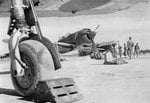 Nakajima Ki-84 Hayate 001.jpg118.4 KB · Views: 448
Nakajima Ki-84 Hayate 001.jpg118.4 KB · Views: 448 -
 Nakajima Ki-84 Hayate 002.jpg89.5 KB · Views: 413
Nakajima Ki-84 Hayate 002.jpg89.5 KB · Views: 413 -
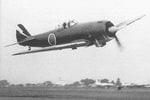 Nakajima Ki-84 Hayate 003.jpg73 KB · Views: 414
Nakajima Ki-84 Hayate 003.jpg73 KB · Views: 414 -
 Nakajima Ki-84 Hayate 004.jpg123.7 KB · Views: 515
Nakajima Ki-84 Hayate 004.jpg123.7 KB · Views: 515 -
 Nakajima Ki-84 Hayate 005.jpg127.2 KB · Views: 999
Nakajima Ki-84 Hayate 005.jpg127.2 KB · Views: 999 -
 Nakajima Ki-84 Hayate 005.jpg108.4 KB · Views: 254
Nakajima Ki-84 Hayate 005.jpg108.4 KB · Views: 254 -
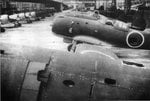 Nakajima Ki-84 Hayate 006.jpg116.6 KB · Views: 341
Nakajima Ki-84 Hayate 006.jpg116.6 KB · Views: 341 -
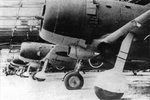 Nakajima Ki-84 Hayate 007.jpg106.3 KB · Views: 254
Nakajima Ki-84 Hayate 007.jpg106.3 KB · Views: 254
Last edited:

